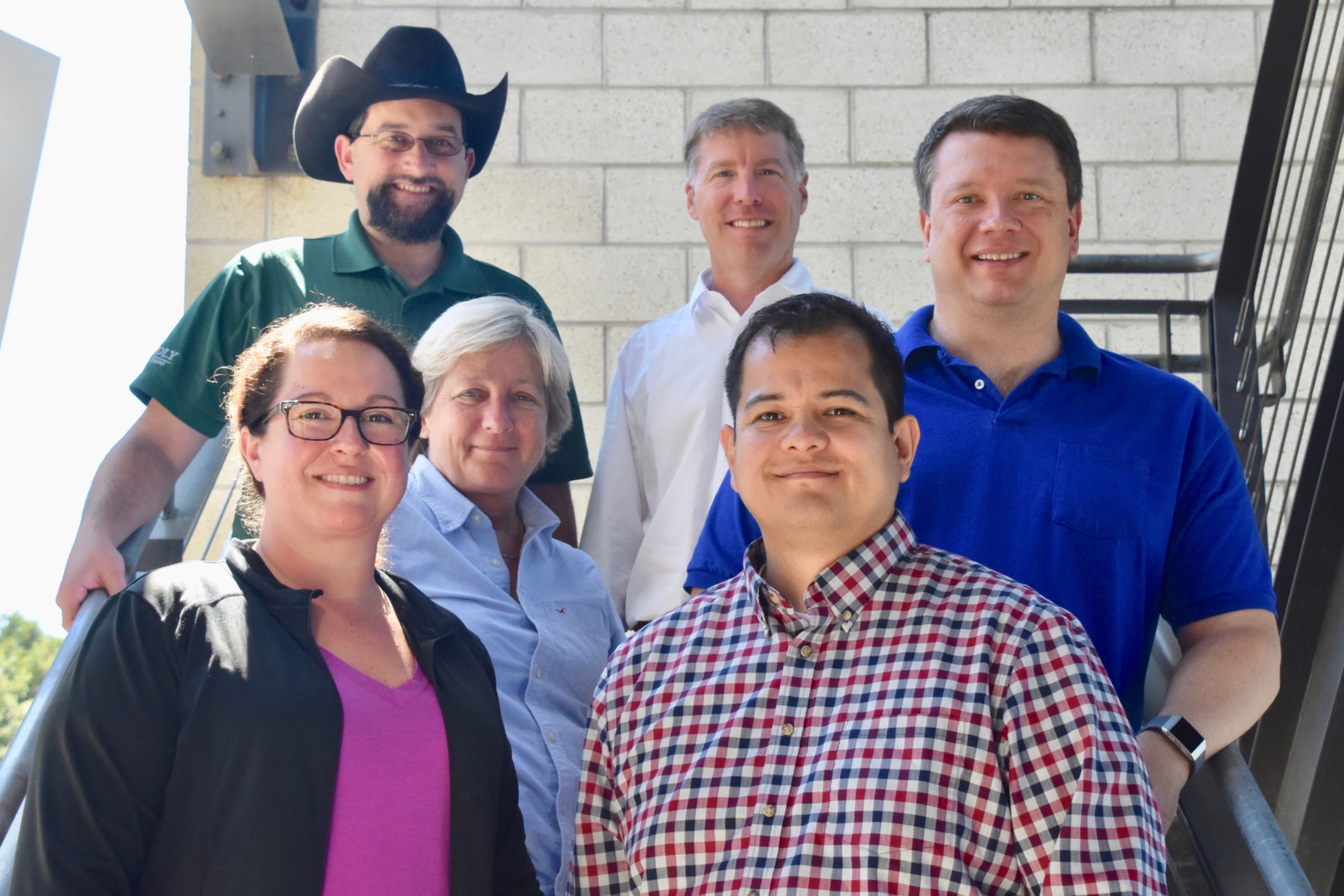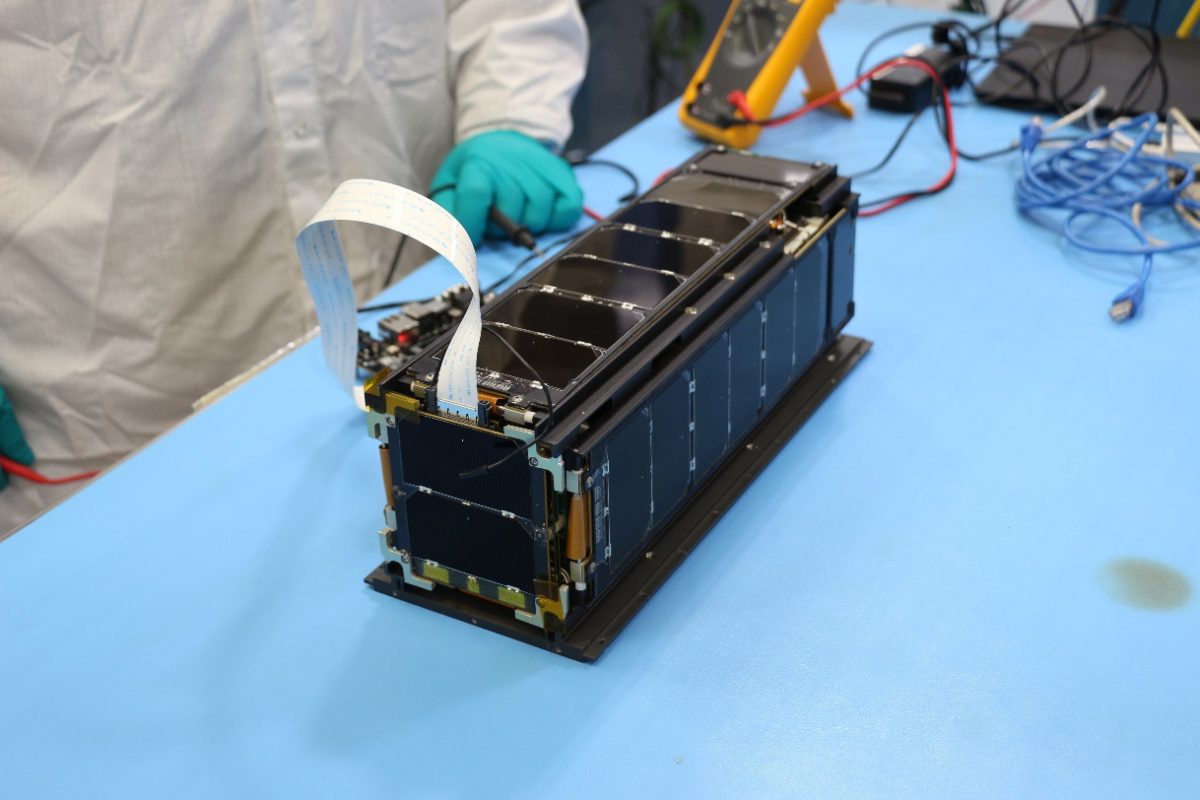A Busy Summer
LightSail 2 and Solar Sailing Updates
Bruce Betts is chief scientist for The Planetary Society.
While LightSail 2 waits out launch delays, the LightSail 2 team and even the spacecraft have been busy. Since our last update in The Planetary Report ( June Solstice 2018), the spacecraft has been shaken (not stirred) and has made its way back to San Luis Obispo, and team members participated in a workshop to investigate using exotic metamaterials in future solar sails.

MRR/ORT A-OK
During the summer, the LightSail 2 team held a mission readiness review (MRR) and an operational readiness test (ORT). In the MRR, the team reviewed various aspects of the mission, from flight rules to spacecraft idiosyncrasies to flight modes.
Since the MRR, we have visited our ground communication stations at Cal Poly San Luis Obispo and Georgia Tech, and we have traveled to Purdue University and Kauai Community College in hopes of bringing them on as ground stations as well. Kauai would be particularly valuable for us. It is at a longitude far west of our current ground stations and is also much closer to the equator (useful because LightSail 2 will have an orbital inclination of 24 degrees).
The ORT was a mission rehearsal. The team simulated key mission events using the actual Cal Poly ground station and Benchsat, a tabletop mockup of LightSail that contains clones of the LightSail 2 software and most of its hardware. We will hold one more ORT shortly before launch.
SUCCESSFUL SHAKE-UP
In July at the Air Force Research Laboratory (AFRL) in Albuquerque, New Mexico, engineers put LightSail 2 through a series of vibration tests to simulate rocket launch conditions. LightSail 2 had already gone through similar tests on its own, but now the whole Prox-1 bundle (including LightSail 2’s P-POD deployer inside the Georgia Tech Prox-1 spacecraft) had to be tested. Afterward, LightSail 2 was removed from the P-POD and tested. All systems performed well.

BACK HOME TO RECHARGE
The testing of LightSail 2 after the vibration testing revealed that during the 4 months it had been stored, its batteries had dropped in charge more than we would have liked. Light- Sail 2 is designed to work even if it comes out of Prox-1 low on charge, but we’d prefer a higher level of charge. In late October, we flew the spacecraft back to Cal Poly so we could recharge the batteries at regular intervals. When a firm launch date gets closer, we’ll top off the batteries and fly LightSail 2 back to AFRL for reintegration with Prox-1 before it is shipped to Florida for integration into the Falcon Heavy rocket.
ARE METAMATERIALS IN SOLAR SAILING’S FUTURE?
Also in October, I presented about solar sailing and the LightSail program at an Optical Society of America (OSA) workshop in Washington, D.C. It brought together members of the solar sailing community with members of optics and materials communities, specifically experts in metamaterials. Metamaterials in this context are materials that combine and arrange different substances in extremely clever ways to generate unusual optical properties. Often laid down as thin films (metasurfaces), they can actively control the polarization of transmitted light, actively change diffraction patterns, bend light around objects, and cause physical material to bend in response to exposure to light.
In the workshop, participants began the discussion of how these materials might assist future solar sails. Ideas included integrating small patches of metamaterials as part of a large reflective sail to assist with control of the orientation of the spacecraft. In the longer term, perhaps one could make whole sails out of transparent diffractive metamaterials. They could in theory adjust the thrust direction of the sail without rotating the sail by adjusting the angle at which light is diffracted through the sail.
AWAITING LAUNCH
At the time of this writing, the launch date for the Falcon Heavy on which LightSail 2 will ride is still uncertain but is anticipated to occur in early 2019. For updates on the launch date and to read blogs with more details, visit sail.planetary.org.
Let’s Go Beyond The Horizon
Every success in space exploration is the result of the community of space enthusiasts, like you, who believe it is important. You can help usher in the next great era of space exploration with your gift today.
Donate TodayThe Planetary Report • December Solstice
Help advance space science and exploration! Become a member of The Planetary Society and you'll receive the full PDF and print versions of The Planetary Report.


 Explore Worlds
Explore Worlds Find Life
Find Life Defend Earth
Defend Earth


